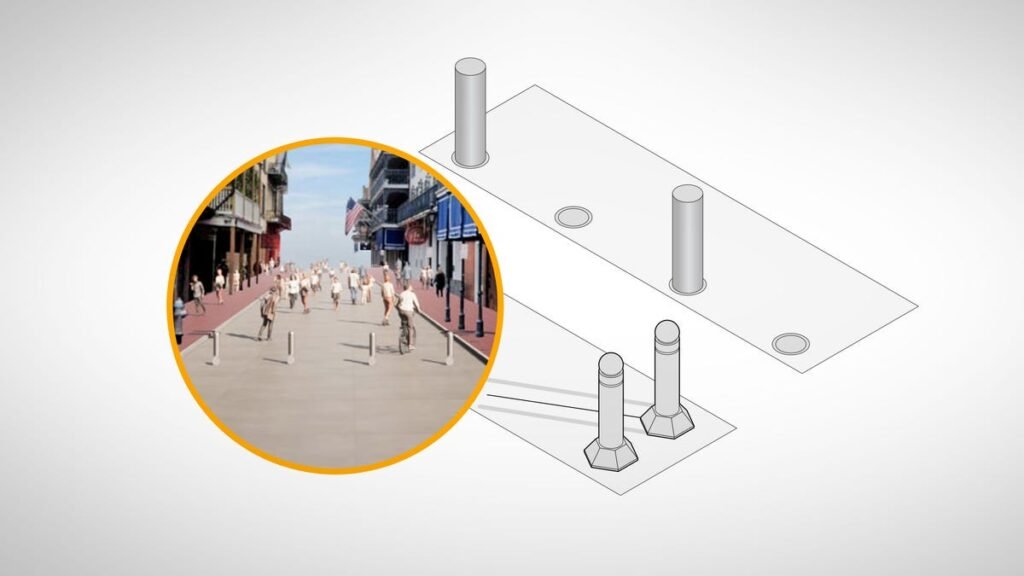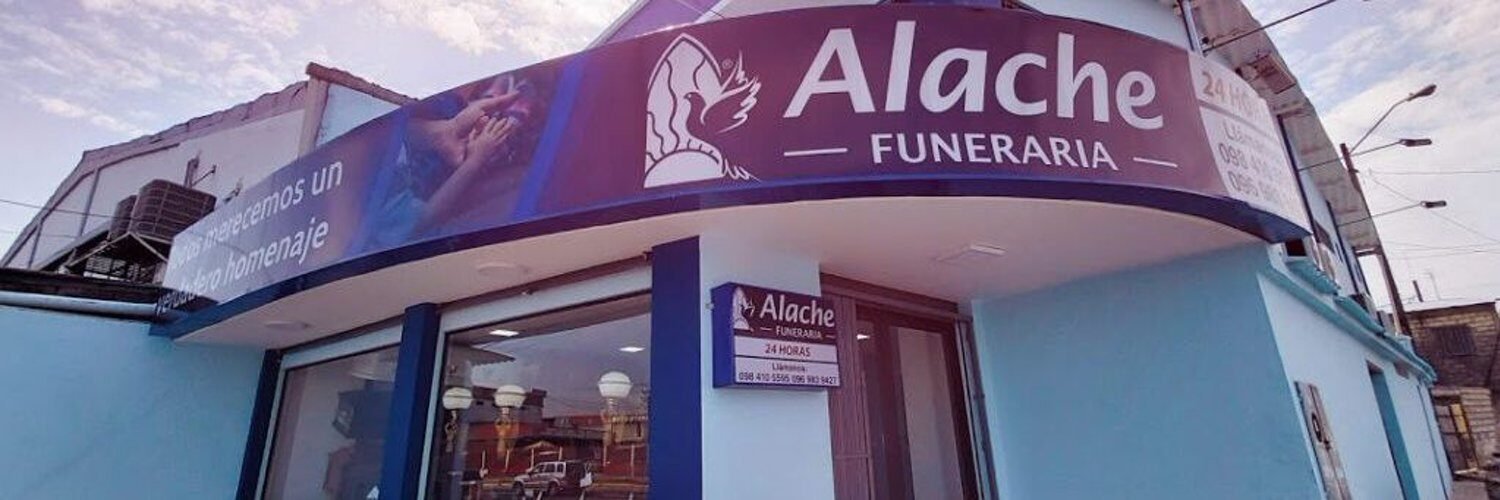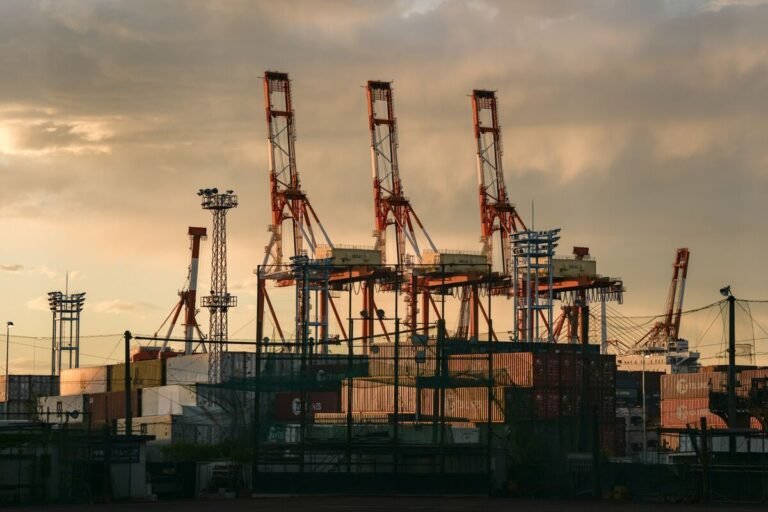
The New Year’s Day vehicle attack that killed 14 people and injured more than 30 in the French Quarter of New Orleans has renewed focus on Bourbon Street security and how barriers called bollards can help prevent vehicular assaults.
Bollards – short, stout columns of metal or concrete used as street barriers – were being replaced on Bourbon Street ahead of the Super Bowl in February. The driver of the attack vehicle was able to get around temporary barriers.
Terror attacks using vehicles – cheaper and less complicated than other forms of assaults – are on the rise in the wake of the COVID-19 pandemic, now that crowds are more common, USA TODAY reported.
A report commissioned by New Orleans in 2017 noted that the French Quarter “is often densely packed with pedestrians and represents an area where a mass casualty incident could occur,” USA TODAY said.
USA TODAY reviewed the Bourbon Street bollards and how the devices are used against vehicle assaults. Here is what we found.
Bourbon Street bollards were being replaced
Officials said the bollard systems along Bourbon Street had been malfunctioning and were in the process of being replaced before the Super Bowl Feb. 9. Installed in 2017, the moveable bollards began to break down after being clogged by plastic Mardi Gras beads and other street debris.
In the absence of bollards, city officials used police vehicles and large metal barriers to cordon off Bourbon Street for New Year’s festivities. The driver was able to evade them by driving on the sidewalk.
The bollards were being replaced with new removable stainless-steel bollards from Canal Street to St. Ann Street. Work began in November 2024 and was scheduled to continue to February 2025, according to the New Orleans Department of Public Works.
Temporary asphalt patches had been placed where the old bollards were removed to maintain vehicle access, the department said.
The old bollards were part of a $40 million security plan to restrict vehicle access and protect pedestrians. They were installed in response to “vehicular attacks on pedestrian malls around the globe” and other violent incidents in the French Quarter, the department said.
Bollards come in different types
Using vehicles to attack public spaces is not new and can have “a devastating impact in crowded places,” according to the U.S. Cybersecurity and Infrastructure Security Agency.
Bollards are usually made of carbon or stainless steel, aluminum, cast iron or concrete. They can be fixed in place, or designed for removal.
Depending on size, durability and type of material used, bollards can be used to prevent vehicle intrusion. For example, bollards rated for high-speed crashes can stop vehicles traveling at 30 to 50 mph, according to blockaides.com, a bollard manufacturer.
The Federal Group USA, a metal producer, says bollards can be used for:
- Pedestrian protection: Bollards can keep pedestrians and vehicles apart by setting up barriers that guide the flow of traffic.
- Building protection: Bollards can prevent vehicles from crashing into buildings.
- Vehicle control: Bollards can control traffic flow, prevent parking in restricted spaces and protect pedestrian walkways or bicycle paths.
CONTRIBUTING Thao Nguyen, John Bacon, Josh Meyer and Trevor Hughes
SOURCE USA TODAY Network reporting and research; Reuters; cisa.gov; The Federal Group USA; New Orleans Department of Public Works





